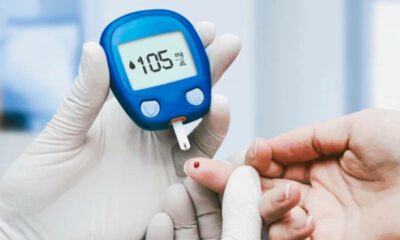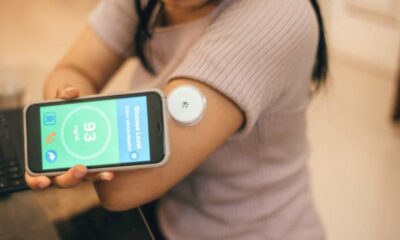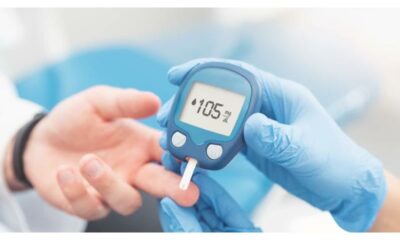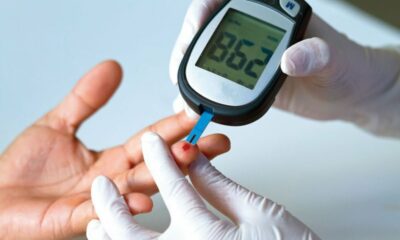There will be over 537 million diabetics worldwide in 2021, up from 108 million in 1980 due to the continuous rise in the prevalence of T2DM and prediabetes. Diabetes is primarily associated with obesity and overweight, and diabetes risk is decreased with weight loss. Thus, maintaining a healthy weight is crucial for both preventing and treating diabetes.
The best alternatives for treating and preventing T2DM include lifestyle modifications and increased physical activity. Less research has been done on how exercise affects body weight, hunger, and energy balance in people with T2DM or prediabetes. Therefore, current exercise guidelines may be improved by a deeper comprehension of how exercise affects appetite and how it is regulated in those with prediabetes or type 2 diabetes.
Concerning The Study
The current study assessed the effects of acute and chronic exercise on appetite regulation in patients with type 2 diabetes or prediabetes. Acute physical activity or physical training interventions, appetite sensation ratings, comparisons between exercise and non-exercise groups, varying exercise regimens, or individuals with and without type 2 diabetes or prediabetes after the same intervention were all considered qualifying criteria for inclusion in the study.
Studies were found by searching the databases of PubMed, Web of Science, and the Cochrane Central Register of Controlled Trials (CINAHL). We also looked through the listed papers’ references to find more research. After deduplication, entire texts were examined and titles and abstracts were screened.
The sample size, participant age, sex, body mass index (BMI), activity information, food plans, length of study, medication information, appetite ratings, adverse events, and appetite ratings were all retrieved. The physiotherapy evidence database scale was used to evaluate the bias risk. The group synthesized the findings narratively.
Results
Searches through databases turned up over 4,000 records, of which seven studies were included. 211 people participated in them, and they were published between 2013 and 23. Out of them, 183 individuals had a diagnosis of type 2 diabetes and 28 had prediabetes. Four studies assessed the effects of acute exercise on appetite, two looked at the effects of chronic exercise, and one looked at both. The evidence for both acute and long-term therapies was judged to be of good quality.
The directions of effects for measures of hunger, satiety, nausea, and future food intake were generally consistent in acute intervention studies. Individual rating scales might be used to infer a general trend of appetite because no study demonstrated an increase in both satiety and hunger at the same time. Up to 180 minutes after the acute endurance exercise session, there was either no effect or appetite suppression.
One study found that appetite increased the day following exercise, while the other two measured appetite ratings. Additionally, two studies were conducted on resistance exercise; one found that it increased hunger acutely, while the other found that it had some time-suppressive effects. Furthermore, after 12 weeks of training, the acute effects were reexamined in the previous trial, and the findings stayed the same with no long-term changes in hunger ratings.
Furthermore, although the sensation of fullness grew at different times during the two trials, there were no appreciable variations in the levels of appetite hormones. In a similar vein, evaluations of appetite decreased or remained unchanged after prolonged exercise. In a 108-person chronic intervention study, those in the resistance training plus aerobic endurance exercise and aerobic endurance groups experienced a decrease in appetite and an increase in fullness.
Pre-meal satiety rose in the endurance training group, and after six months, pre- and post-meal satiety increased in the combination training group. Notably, alterations in hunger hormones did not align with long-term impacts on appetite ratings. Individuals with and without type 2 diabetes were compared in two acute intervention studies.
In one study, following exercise, there were no differences in appetite ratings between the T2DM and non-T2DM groups. In the other, T2DM and non-T2DM patients differed in terms of their appetite and feelings of fullness. Furthermore, only T2DM patients experienced a decrease in postprandial fullness the day following exercise. No study specifically mentioned any negative outcomes.
In Conclusion
The study found that whereas appetite ratings decreased or remained constant after chronic exercise, the impact of acute exercise on patients with T2DM or prediabetes differed. Increased felt fullness in T2DM patients following exercise was the most consistently seen finding in acute intervention studies. Overall, the results add to the body of evidence supporting the hypothesis that (chronic) exercise reduces hunger in people with prediabetes or type 2 diabetes.

 Diabetology2 weeks ago
Diabetology2 weeks ago
 Diabetology2 weeks ago
Diabetology2 weeks ago
 Diabetology2 weeks ago
Diabetology2 weeks ago
 Diabetology1 week ago
Diabetology1 week ago
 Diabetology2 weeks ago
Diabetology2 weeks ago
 Diabetology6 days ago
Diabetology6 days ago
 Diabetology2 weeks ago
Diabetology2 weeks ago
 Diabetology6 days ago
Diabetology6 days ago










